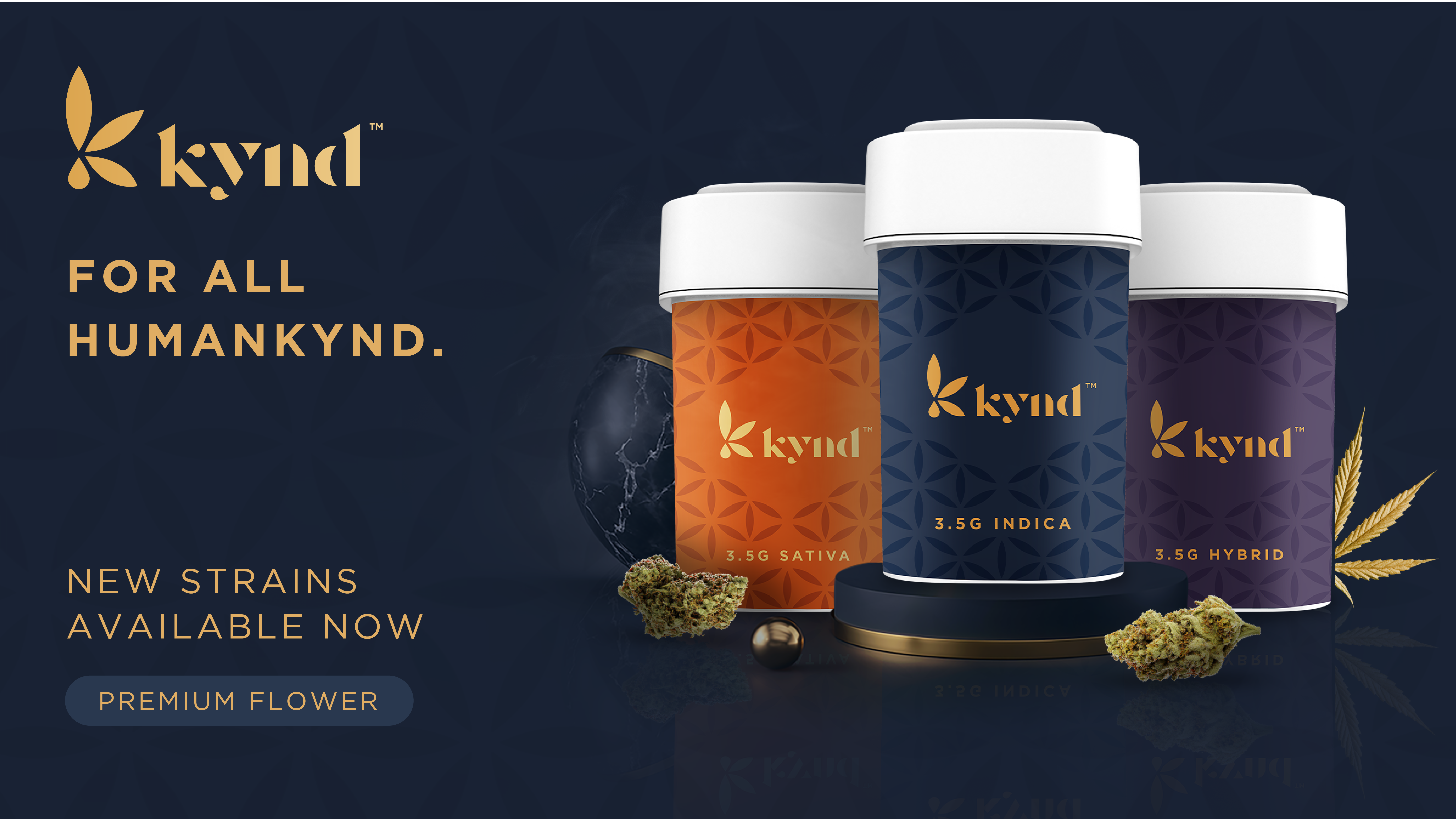Decided to try your hand at cannabis cooking? Congratulations: You’re about to experience some great health benefits that tend to last a few hours longer than the effects of smoking or vaping. But whether or not you’re new to consuming cannabis (or cooking), you’ll find cannabis isn’t like most other ingredients. You can’t just throw it in and hope for the best.
Cooking with cannabis is both an art and a science. An art, as many people consider home cooking to be, and a science, because there are a few added safety precautions involved. We’ve put together all the basics you need to become a proficient – and above all, cautious – cannabis chef.
Cooking with Marijuana: Dos and Don’ts for Safety
Let’s start with general house rules for cooking safety:
- Do choose simple recipes you can prepare within 30 minutes. Even better, recipes you’re familiar with. The longer you’re in the kitchen, the greater your chances of losing focus. Timing and organization are everything when pulling a recipe together.
- Don’t Multitasking can often lead to forgetfulness, which can be hazardous if you forget a crucial step. Throughout prepping, cooking, and cleaning, focus on one task at a time.
- Do respect anything with a blade, including appliances like food processors. When handling knives, sharpen the blade before using your medication, dry your hands for a good grip, and keep fingers out of the way.
- Don’t cook yourself. Take care around stovetops, and grip cast iron handles with a towel. Again, keep your hands dry when handling hot items – both to avoid slippage and to mitigate burns (water conducts heat quickly).
- Do Keep items away from the edges of counters to avoid breakages and injuries, and store each item away once you’re done with it.
- Don’t leave the oven or stovetop unattended when in use, and don’t forget to turn them off. Gas burners require extra caution as dangerous sources of carbon monoxide. Check that it’s off when you’re done, and then again before leaving the kitchen.
- Do keep a first aid kit handy in case of injuries, and if you have one, a fire extinguisher. It may seem extreme, but grease fires happen and should never be put out with water. (If you don’t have an extinguisher, try covering the flames with a lid or baking soda. When all else fails, you know the number to call.)
How to Cook Well with Weed
The above considerations apply no matter what you cook after medicating. But cooking safely with cannabis takes a little extra mindfulness.
Fast forward to the eating part for a moment. You don’t want to be the person curled in a corner staring into space after eating their weight in THC. For your safety, here are a few best practices to bear in mind:
- Start with a low dose. In case you dose too much, have a high-CBD product on hand. CBD acts as a THC antidote you can use to take the edge off.
- Store and label items properly to save family members, roommates, or guests from accidental ingestion. Take extra care around kids.
- Avoid eating edibles on an empty stomach or mixing them with alcohol.
Off-the-shelf edibles are labeled with their THC content these days, but you don’t have that luxury with homemade products. Completely new to edibles? Learn how to find your perfect dose here, then use this guide to measure your dose into each batch.
On to the fun part: the actual cooking. And here’s where things get simple. Odds are you’ll be cooking with oil or butter, so all you need to turn any recipe into a delicious edible is cannaoil or cannabutter (which are exactly what they sound like: cannabis-infused). Replace some of the plain butter or oil your recipe calls for with the appropriate amount of cannaoil or cannabutter to provide the proper dosage, and it really is that easy. You can't just dump a bunch of flower into a recipe like some kind of spice, either. The beneficial compounds in cannabis are fat-soluble, meaning they bond with the oil or butter, and that's the proper way to work cannabis into your cooking. Here’s how to make your own.
- Decarb a quarter ounce of cannabis in the oven. Instructions on decarbing here.
- Grind it down, but not too fine. Use a hand grinder to get a good coarse texture.
- Melt half a cup of butter (or heat half a cup of oil) in a saucepan on low heat. Stir in the bud.
- Be careful not to let the mixture boil, which is said to decrease THC potency. Keep it at a very light simmer – meaning the occasional bubble or two – for two to three hours.
- Strain the residue into a glass container using a metal strainer or cheesecloth.
- Use immediately or store in the refrigerator or freezer for later.
When adding cannabis to butter or cannabutter to your recipe, remember less is more. You can always increase your dose by taking another serving, besides using either higher concentrations of THC or higher quantities of flower in your next batch. Here are a few recipes to get you started, but once you get the hang of using cannabutter, your options are virtually limitless.
To help determine the amount of THC or CBD in each serving of whatever goodie you baked, and how many grams of cannabis to use when baking – checkout this helpful cannabutter dosing calculator.
There you have it: You now know how to cook edibles. Have fun, be cautious, and enjoy!






